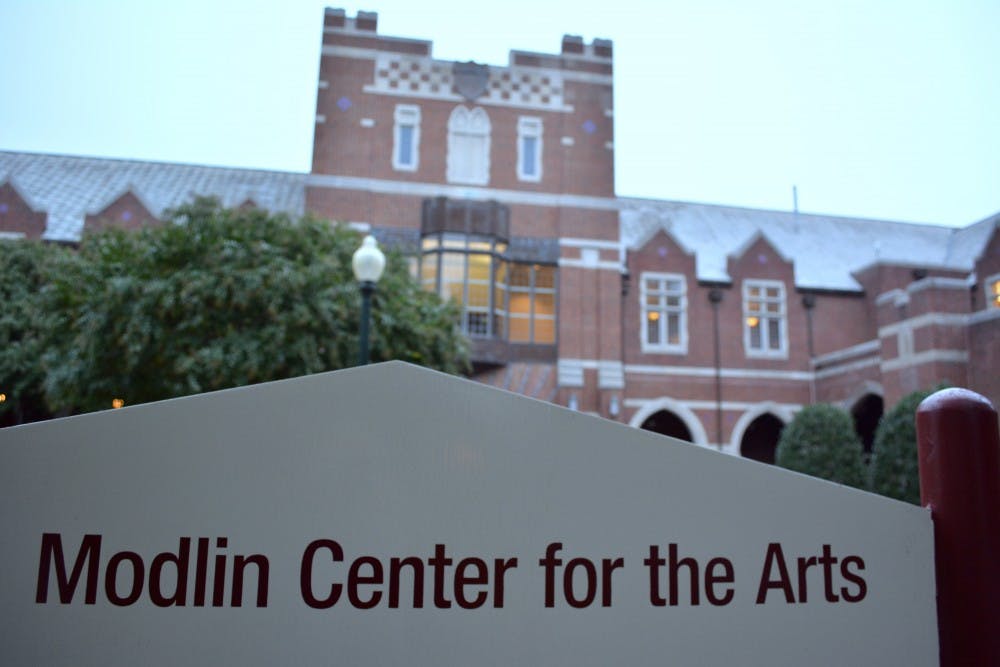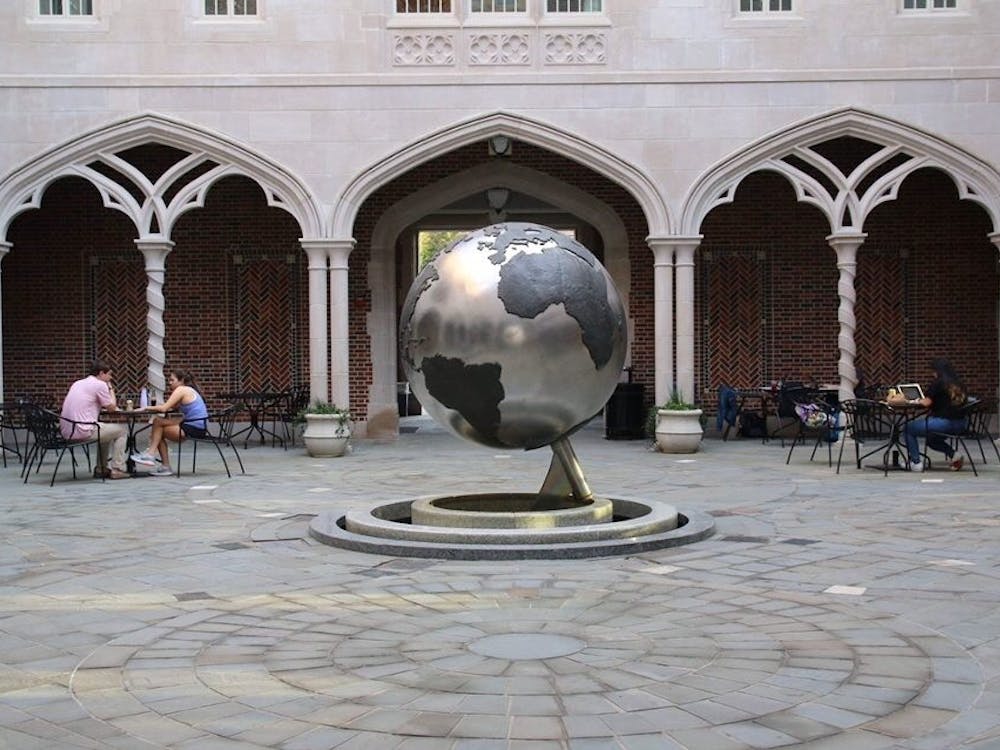There was an air of expectancy in the Camp Concert Hall at the University of Richmond’s Modlin Center for the Arts last Sunday evening, when violinist Gil Shaham strode onto the platform with pianist Akira Eguchi.
They opened with that incorrigible sweetmeat, Fritz Kreisler’s “Præludium and Allegro,” beloved of violinists -- for reasons quite inscrutable to the rest of us. There’s no getting around it: this is treacly stuff. Faux-Baroque is always tough to bring off. To do it well requires that the composer go long on charm, while avoiding the pomposity and turgidity of expression that too often characterized the era that beget the gold-shellacked monstrosity that is Versailles. Kreisler never cracks a smile here. Shaham’s playing was bell-like, smooth and unsubtle.
To round out the concert’s first half, Shaham programmed two contemporary sonatas, neither of them especially demanding of the listener. I’m all for accessibility -- assuming a composer has something accessible that is worth the relating -- but I’m unconvinced of the value of Scott Wheeler’s second violin sonata, “The Singing Turk,” which seemed too obvious an attempt to thread the needle with a work that wants to be simultaneously “contemporary” and “popular.” I don’t think it’s deliberately cynical, only glib.
Its style is conspicuous for its harmonic affability, with bland tone clusters ensuring the music’s palatability to even the most unventuresome ear. Wheeler’s lassitude is underlined by his endings, where movements don’t so much conclude as curtail, dissolving into an antiseptic ether. The third movement, “In Italia,” was noticeably stronger than its predecessors. Its principal interest was a moto perpetuo theme, rendered by Shaham -- with the aid of a mute -- in strangled whisper.
They concluded the first set with a more ambitious sonata by Avner Dorman titled “Nigunim.” Some of the writing for the violin seemed remarkably inept. The opening, so quiet and exposed, had Shaham playing double stops, softly and without vibrato. Not even an artist of his accomplishment could make this sound convincing; not even on a multi-million dollar violin. Dorman’s sonata is less cloying than Wheeler’s, but I’d be surprised if either of these works found a foothold among violinists.
The second half of the program began with a solo, perhaps the most famous violin solo of all: Bach’s E major violin partita. Shaham gave little reason to consider it anew. He’s not one for lingering -- though in the opening “Preludio” he sank deeply into pedal points -- leaving you longing for greater variety in timbre. I’d gladly forgo some measure of clarity in favor of insinuation. The only especially evocative bit of interpretation came in the form of an interlude -- the second minuet -- where invisible dancers glided across the floor amid a deathly hush. The audience went wild at the partita’s conclusion. This is a major development of 20th century concert culture: Bach, formerly the pedantic province of dusty music societies, has at long last found an adoring public. The Leipzig cantor is recast, improbably, as rock star.
Eguchi rejoined Shaham for Franck’s violin sonata. Premiered in 1886, it remains a visionary masterpiece, one of those rare works in which a second-tier composer never reaches for boilerplate. The work’s fame is predicated partly upon its hypnotic opening an -- for its time and composer -- memorably modern style, with a dreamy harmonic parallelism presaging Impressionism. Franck was the French composer who seemed most successful in sounding the Wagnerian tocsin, but his was the mystic -- as opposed to the melodramatic -- conception of that composer. Wagner’s more sanguine ululations were far from Gallic in impulse. And Franck’s sonata is always and unmistakably French.
Shaham and Eguchi sounded strangely inured to its more electric undercurrents. This is a score that cries out for drama from the pianist, with ringing bass-lines supporting melody of near-suffocating density. Eguchi, who also composes, has the virtue of comprehending subtle, peculiar details that might elude most performers. Yet he’s often terribly retiring. The second movement, “Allegro molto,” should be a blistering terror. Here it sounded soupy. Only at its coda, one of the most spectacular in the repertoire, did you hear the requisite crackle.
They were more successful in the slow movement, “Recitativo-Fantasia: Ben moderato,” which charts a febrile journey from the boiling temperature of the preceding scherzo toward the cool, almost monastic placidity of the finale’s theme. Shaham’s playing was polite; its elegance failed to project Franck’s mystery.
Shaham and Eguchi were coaxed back onstage for a single, delectable encore -- the finale of the Sarasate “Carmen Fantasy.” This is an enthralling, slapdash spectacle; hair-raising virtuosity married to Bizet’s melodies, which are among the best bits of light music ever composed. It is true that, even here, Shaham evinced neither the drama nor the color of some violinists; but he had grace aplenty. And in this music, grace is more than enough.
Contact lifestyle contributor Dane Harrison at dane.harrison@richmond.edu.
Enjoy what you're reading?
Signup for our newsletter
Support independent student media
You can make a tax-deductible donation by clicking the button below, which takes you to our secure PayPal account. The page is set up to receive contributions in whatever amount you designate. We look forward to using the money we raise to further our mission of providing honest and accurate information to students, faculty, staff, alumni and others in the general public.
Donate Now



